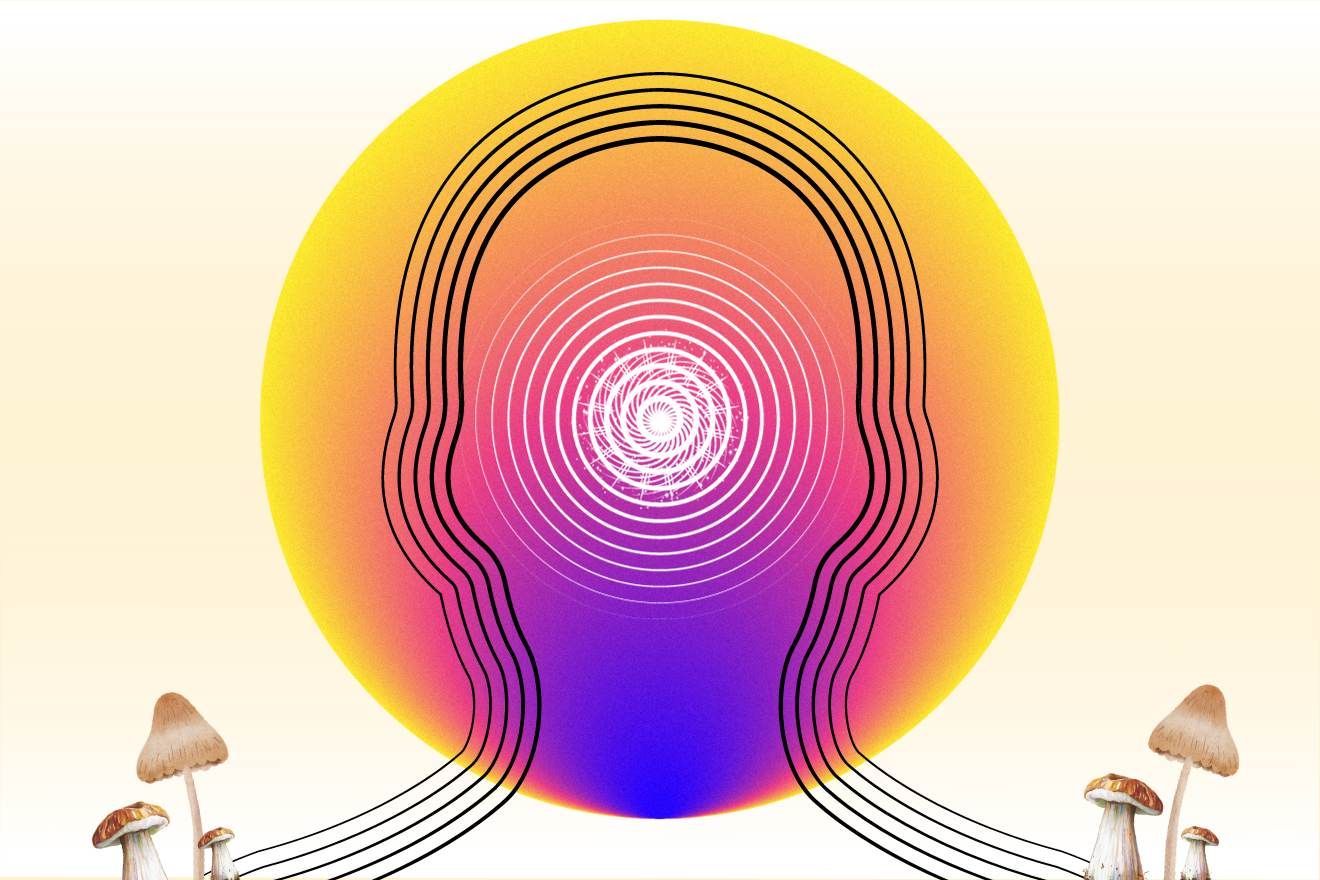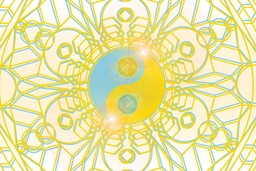Have you noticed how the word microdosing has made its way into mainstream media? Whether while watching a Netflix movie, flipping through a fashion magazine, or listening to the news… It seems like I hear microdosing mentioned at least once a week.
And no, I do not mean within the psychedelic community. There, the benefits of microdosing and psychedelic therapy are growing and evolving into various offerings. Rather, I mean where colleagues, teachers, grandparents, and teenagers have had the word microdose enter their awareness and cultural reality.
Mindfulness: A Path Leading to Microdosing
As the author of one of the first children’s books about mindfulness, Mindful Monkey, Happy Panda, and one of the earliest books on mindfulness for educators, Teaching From the Heart of Mindfulness, I personally witnessed the trajectory of the use of the word mindfulness filtering into common, everyday life. I watched how these books contributed to the beginning of a new genre of literature about mindfulness in daily life. Nowadays, mindfulness is a common practice globally—whether at the workplace, at home, or in schools, for example.
Why did mindfulness grow so exponentially? One of the reasons is that people found these practices, usually simple exercises involving breath awareness, brought immediate relaxation. If practiced continuously, this relaxation grew into feeling more connected to a deeper sense of peace and well-being within.
In our increasingly disconnected world, the practice of mindfulness offered and continues to offer its antidote. Deeper peace and well-being are more profoundly expressed when we connect to our essential nature’s underlying peace and love.
Mindful Microdosing: A New Frontier
So why does it seem microdosing may become the new mindfulness? When done with respect and intention, mindful microdosing offers similar benefits to mindfulness practices. Subtle but immediate positive effects are usually noted. Then, over time, the potential for a steady connection to a more balanced, calmer, peaceful self grows. It kind of sounds like mindfulness!
I want to consider my unfolding path into the world of mindful microdosing as an example of the mycelial network making connections—both seen and unseen. Initially, I learned about it casually. Then quickly, through a series of “coincidences” and “serendipity,” I enrolled to be trained as a microdosing coach. It was a 10-month program—one of the first of its kind.
Already, I had practiced mindfulness for decades, but I wanted to become educated, informed, and empowered about my microdosing process. Similar to how one would usually go about a contemplative practice like mindfulness, I found guidance, learned techniques, and practiced. Naturally, a community arose.
Within the microdosing community, and in more general terms, the psychedelic community, mindfulness is a buzzword but not an approach. Here’s where I offer my voice: to help mindfulness become part of the grounding narrative around microdosing. In the words of transpersonal psychologist and scholar Dr. Jorge Ferrer, “Bringing together mindfulness and microdosing makes perfect synergic sense. Microdosing can elicit and support mindfulness during everyday life, and mindfulness can help to enhance the benefits of microdosing.”
Mindful Microdosing and the Contemplative Heart
You don’t have to go far to access information if you want to find out how to microdose. You can easily find answers to common questions on social media, online, and in books. Questions such as: How do I microdose? What substance? What dose? How often? When? For how long? Certainly, many report doing so without a personal guide or a microdosing coach and attest to the benefits of microdosing. However, as I write about in my book, The Mindful Microdosing Journal, to do so mindfully may be another matter.
When looking at standard microdosing practices, I approach these questions from the grounding space of a contemplative heart. To name just a few aspects, these standard practices concern substance, dose, and frequency. This invites mindful inquiry and is based on a reciprocal, growing interrelationship with your microdosing ally. For example, rather than looking at a substance to take, the invitation becomes: “What microdosing ally best suits my intention?” Another example? Rather than looking at common or most popular protocols, you might first delve deeper into your own heart’s calling. Then, the question that surfaces may have a different tone and feel. Instead, it may be “How do I establish ease in my unfolding microdosing process?”
The book also includes extensive opportunities for journaling, and guidance on preparation, active microdosing, and integration. Along with these are more invitations on how to make your microdosing process more mindful. Though microdosing may be the new mindfulness, there is a belief I carry—whether through mindfulness, microdosing, or mindful microdosing. As I write in the book, the “hallmark of mindfulness—the silencing of the mind—gives way to the expanding expression of the heart in the all-knowing present moment. In that stillness, there emerges a sacred connection to all. Mindful microdosing cultivates this spaciousness of mind and the expansiveness of the heart.







